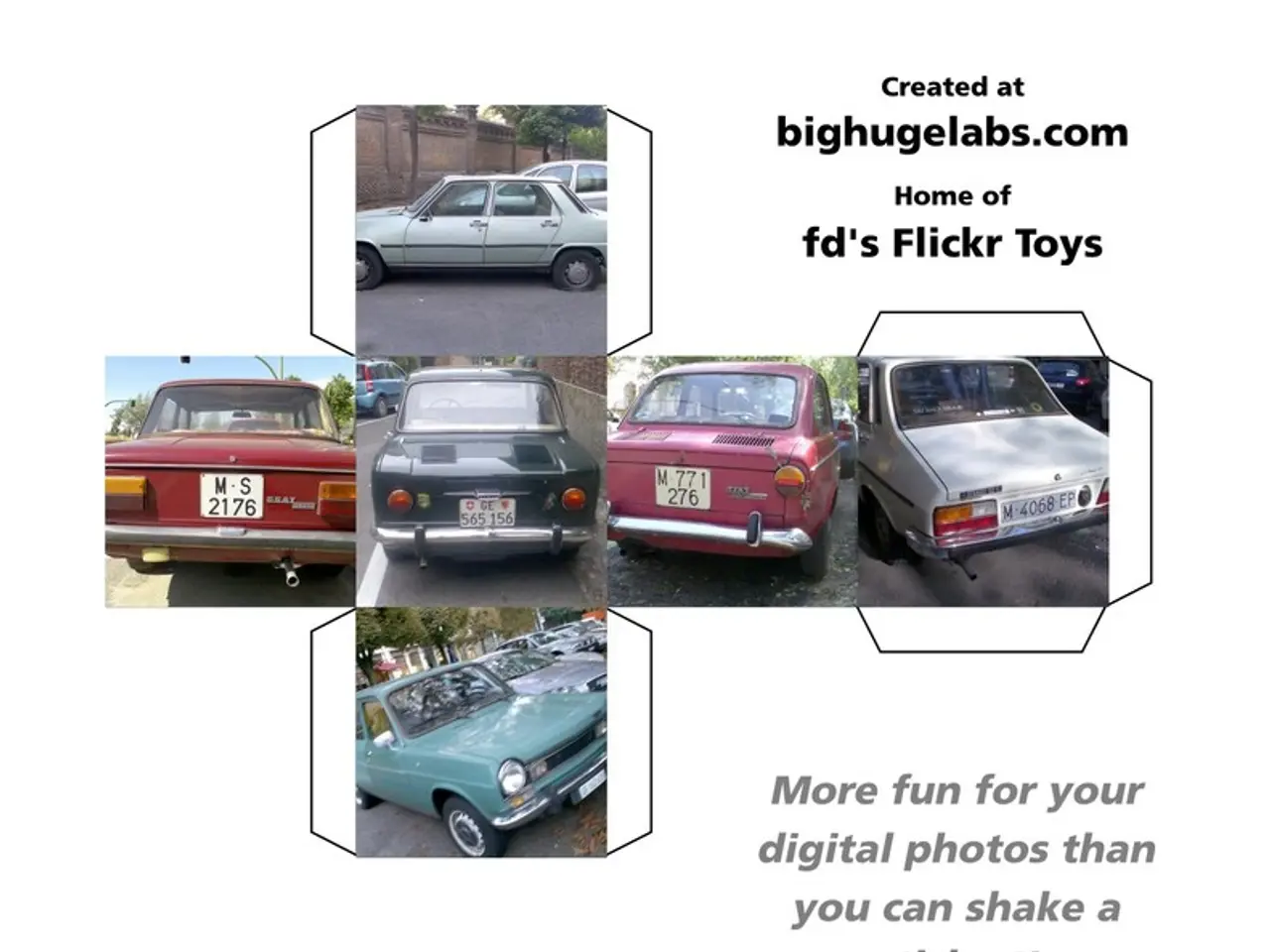Self-Driving Revolution: Automotive Analytics Pave the Way Forward
The automotive industry is on the cusp of a revolution, with big data playing a pivotal role in shaping the future of autonomous driving. The challenge lies in creating patterns from isolated events and rare instances, a task that big data and machine learning are designed to tackle.
In this new era of automotive technology, vehicles generate vast amounts of data every second. LIDAR, Sonar, and Radar data are generated at rates between 10-70 KB, 10-100 KB, and 10-100 KB per second respectively. Camera data falls within the range of 20-40 KB per second, while GPS data is generated at 50 KB per second. By 2030, the storage capacity per vehicle could reach an astounding 11 terabytes, necessitating advanced data storage and processing solutions.
Big data in the automotive industry is not just a buzzword; it's essential for creating organic self-driving experiences, designing future-ready vehicles, and finalizing price ranges. It's used for sensing and perception, mapping the surroundings in detail, identifying speed, range, and distance, and communicating with other cars to share information. Data sharing between autonomous vehicles can help avoid traffic jams, react to emergency situations, and take weather conditions into account.
Autonomous cars use data analytics in the automotive industry to make real-time decisions based on data from in-car sensors. This data is processed and analyzed in microseconds, allowing for improved sensing and perception, faster decision making, predictive modeling, and natural language processing. Cars equipped with voice recognition technology use natural language processing to understand and respond to spoken commands.
However, the implementation of big data analytics for autonomous driving is not without its challenges. The presence of multiple isolated events, security concerns, and the absence of a data storage mechanism that can store and process terabytes of data pose significant hurdles. As data-driven autonomous vehicles collect data from the public, potential privacy concerns arise.
In its current state, autonomous vehicles operate at Level 2 of driving automation, with humans monitoring and taking control when necessary. But with the introduction of 5G in automotive, the response time to road conditions becomes instantaneous. The automotive data analytics software is connected to a network and passes information from the sensors to the cloud server, enabling real-time decision making and ensuring the safety of passengers and other road users.
At Appinventiv, automotive data analytics services help automated vehicles collect, route, and organize massive amounts of data in a digestible format. By harnessing the power of big data and predictive analytics, the automotive industry is poised to redefine transportation as we know it.
Read also:
- Upcoming iPhone Model: What We Understand Thus Far
- Chinese Medicine: An Overview of Traditional remedies and healing techniques from China
- Severe Norovirus Infections: Exploring Potential Health Complications
- Bangladesh confronted a health predicament, marked by outbreaks of dengue fever and chikungunya.








